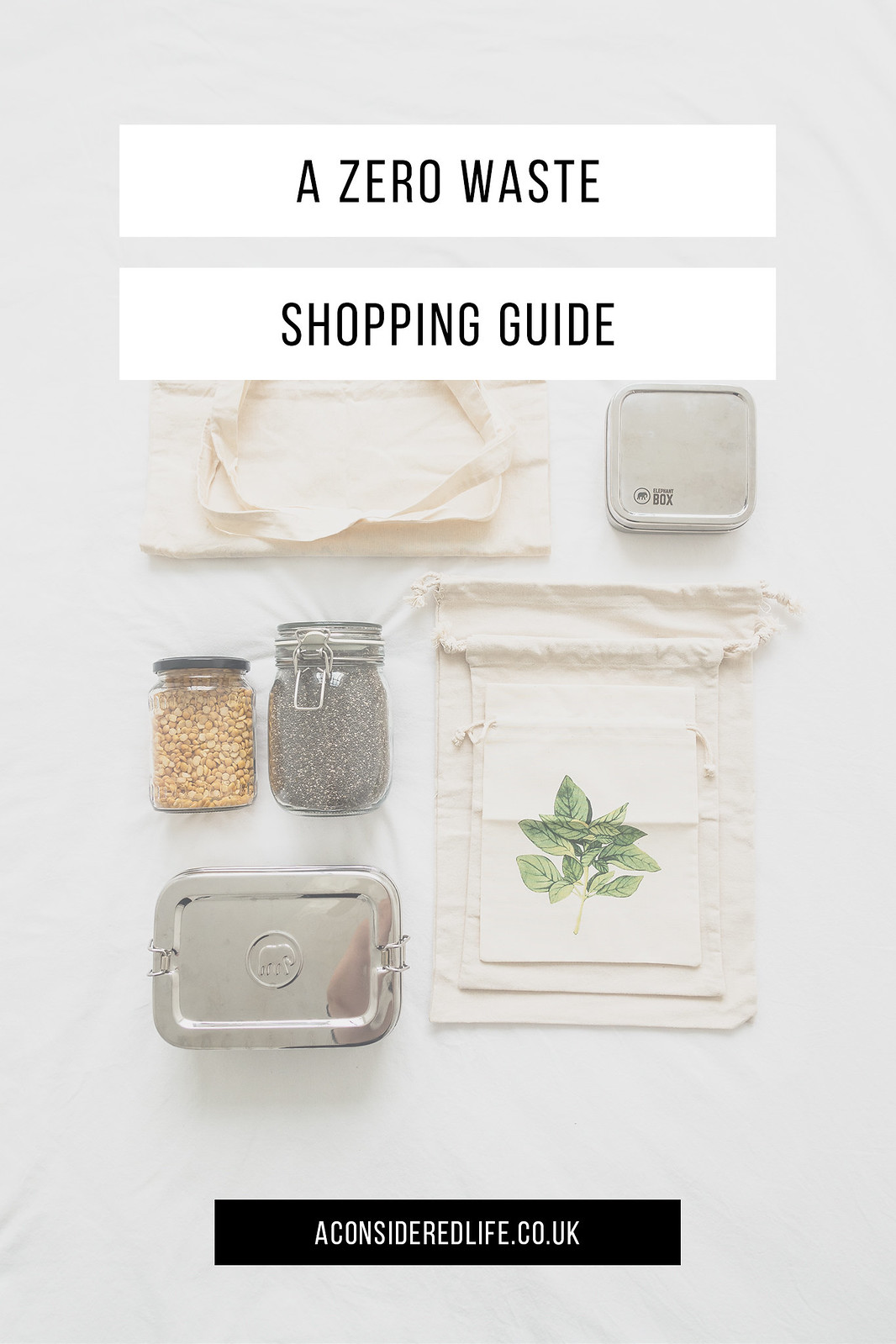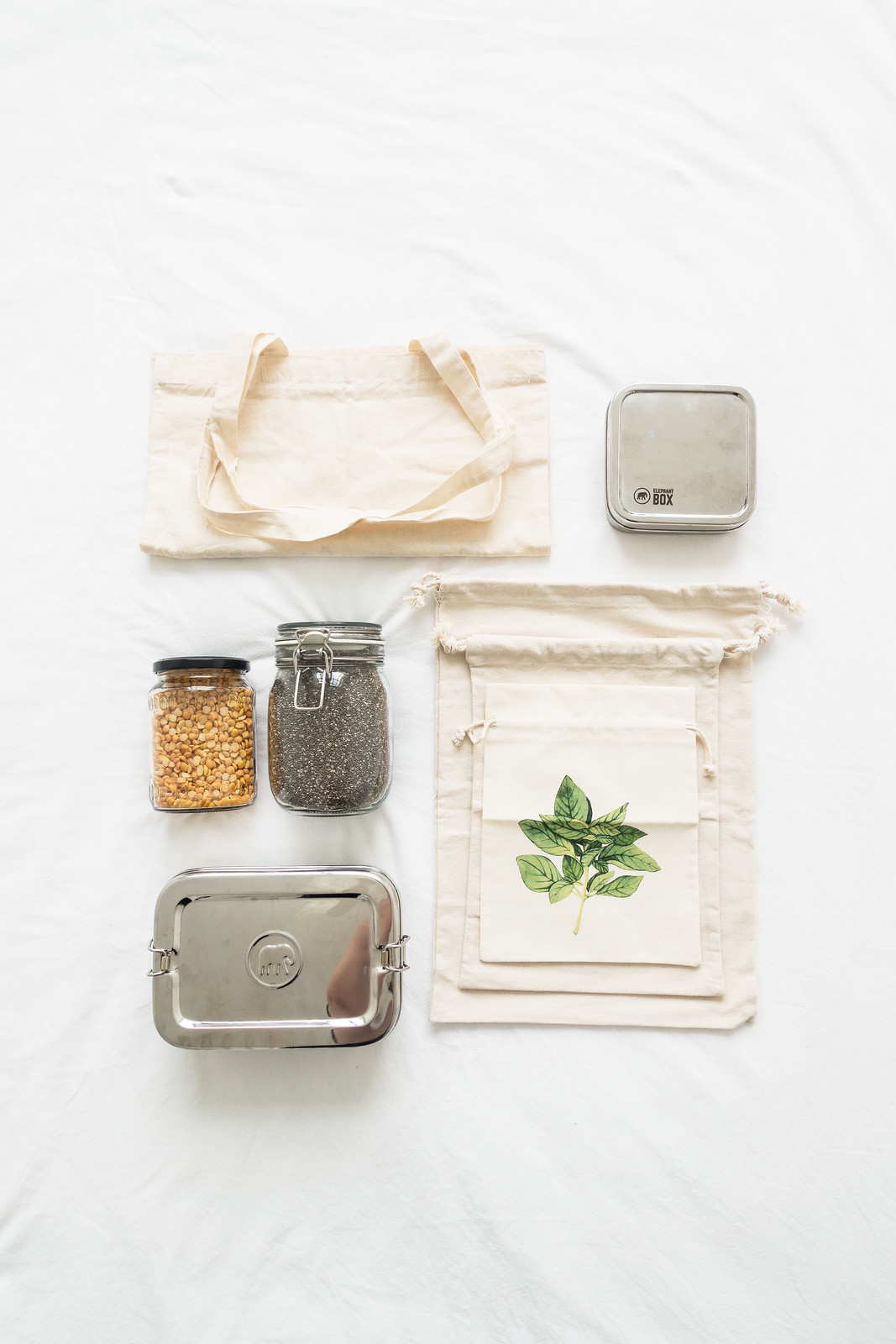
Food shopping is a universal task most people do on a weekly basis. Adjusting your shopping habits is one of the best ways you can reduce your waste and your impact on the environment; it’s not just about what you buy either, it’s about how you buy it. This is a complete guide to “zero waste” food shopping whether you’re buying from a bulk store, a local market, or a superstore - there’s always a way we can reduce our waste.
Shopping At Bulk Supermarkets
More and more zero waste or bulk supermarkets are opening and it has a huge impact on the way we shop. Even if there isn’t a 100% bulk store near you, there may be a bulk section within a supermarket you can use. Here’s how they work:
Gather Your Containers
It could be a mason jar, a plastic container, an old jam jar, or a cloth bag; whatever your container is, make sure it’s clean and dry. Use whatever you have before buying anything new! Produce bags are ideal for rice, beans, and pasta, etc. while jars of varying sizes are good for dried fruit, flour, and seasoning. If you don’t have enough or want to pick up something extra, most zero waste supermarkets will have a donation box which has empty pots, jars, and tins available for you to use - just remember to bring something to donate the next time you visit!
Weigh Your Empty Containers
You need to weigh your containers before filling them, this is what is called the ‘tare weight’. Write the tare weight on your container so you don’t have to go through this process every time you shop. Some stores will request you get a member of staff to do this for you to check the weight is correct.
Fill Your Containers
The next step is to fill them with whatever you need. Make a note of what you filled your jars with or use the PLU (if there is one), it tells the cashier what’s in your containers; you may not have to do this if, like me, your store lets you weigh the full containers yourself.
Weigh Your Full Containers
You might need to skip this step if you bulk store does this at checkout but at my local one you do everything yourself. Enter or scan the tare weight of your container then find the item you’re purchasing on the screen and weigh it again, this will give you the price minus the tare weight. Write the final cost or print a price label.
Checkout
Take your filled containers to the checkout and pay!
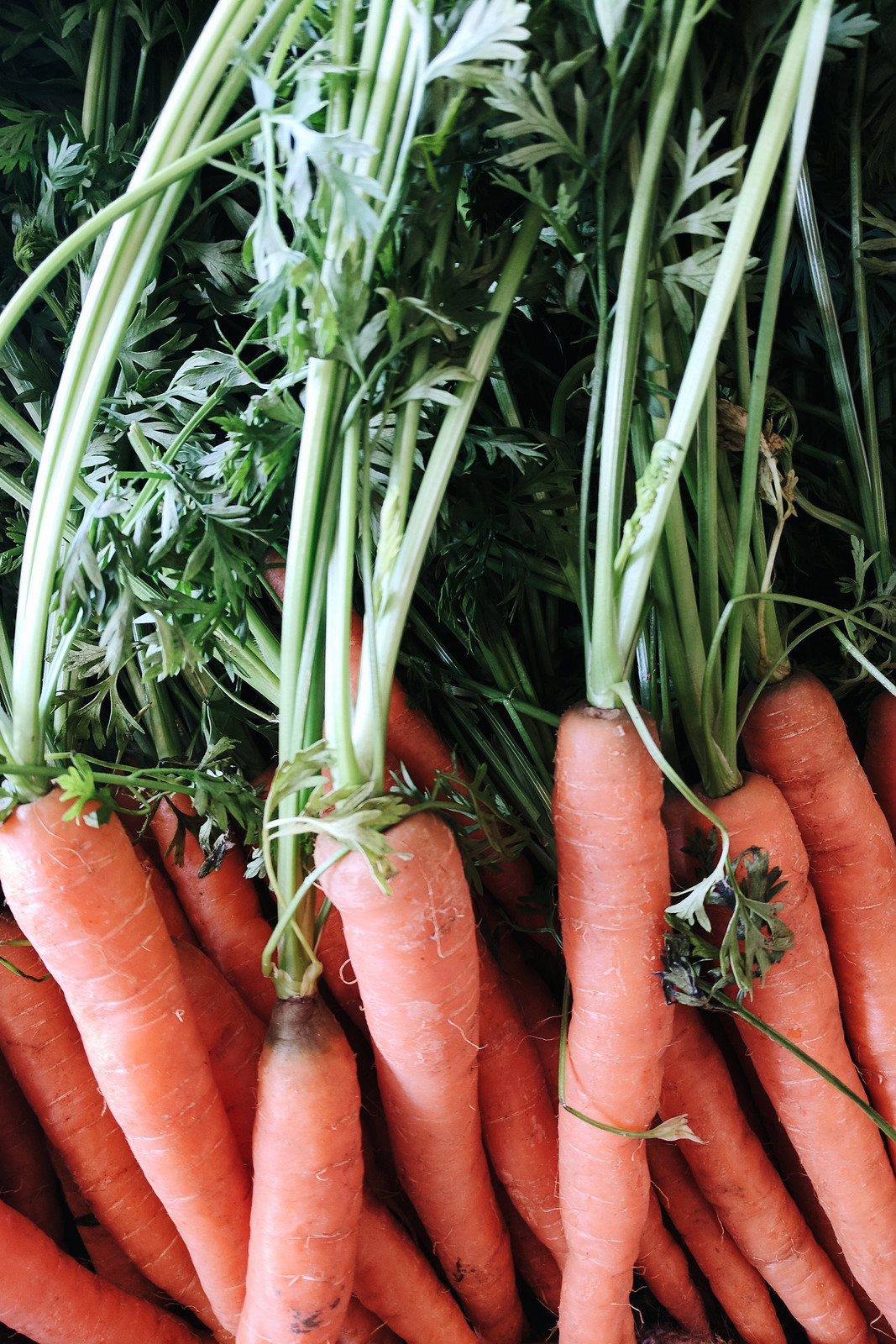
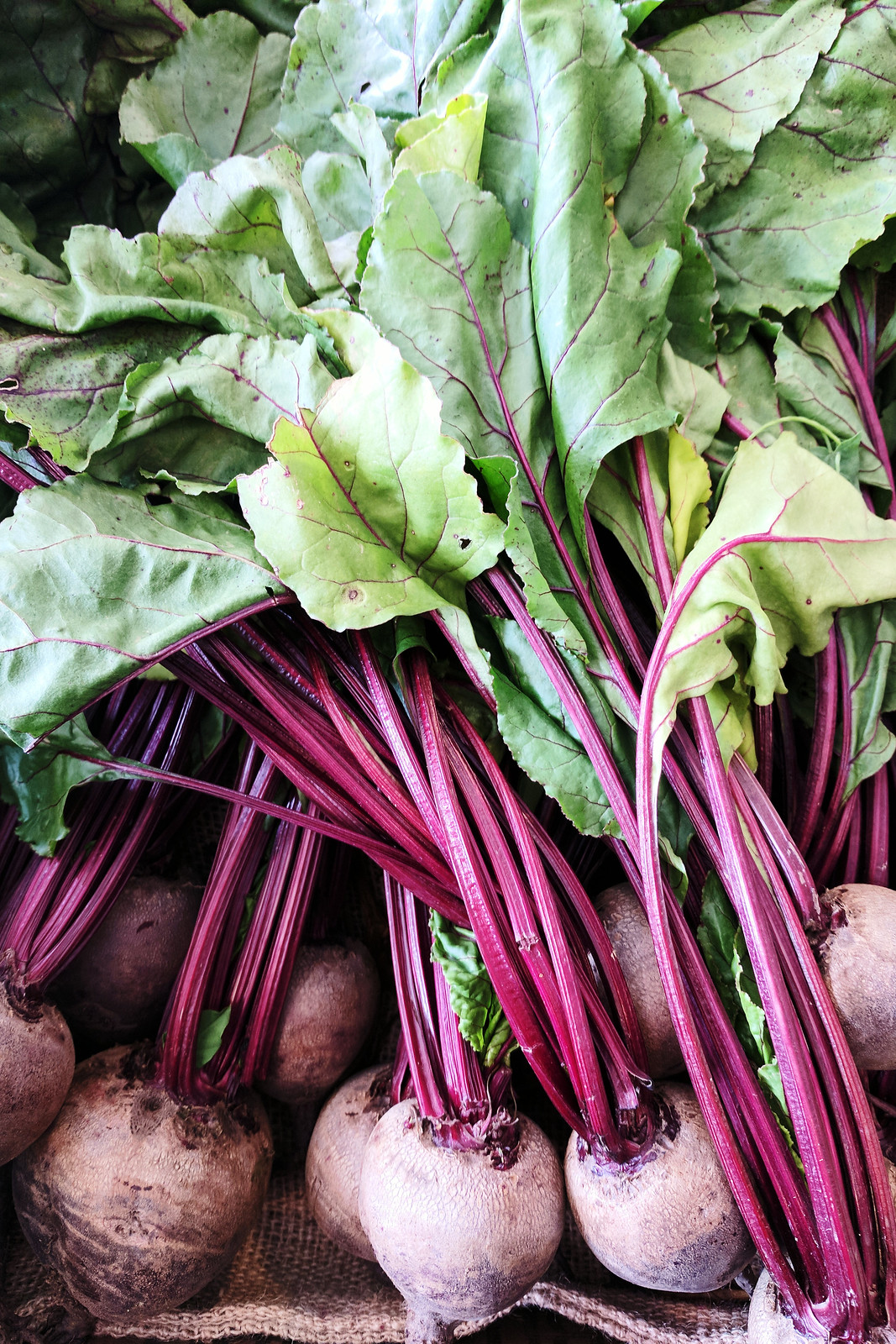
Shopping At Local Markets
Local markets are amazing. You can often find better produce (and more of it) for less money. Depending on the market, you can buy directly from the farmer or from traders who do. The fresh produce you’ll find there is more likely to be grown locally, which reduces the carbon footprint of the food you’re buying. It’s a useful way of avoiding the plastic-wrapped supermarket produce that’s travelled miles to get to you. Here are some tips for shopping your local market:
Get To Know The Traders
Frequenting local markets and getting to know the traders means getting your hands on better quality produce and better deals. You’ll learn who has the best produce and which traders to avoid.
Take Your Own Bags
Most market stalls have loose produce, which you can fill your own totes or produce bags with. If you find traders use plastic bags even when you ask them not to (it’s a tricky habit to break!), empty whatever you purchased into your own bags and hand them back the plastic one.
Return Unwanted Packaging
Some produce will come in cartons, punnets, or with elastic bands, return these to the traders there and then or on your next trip.
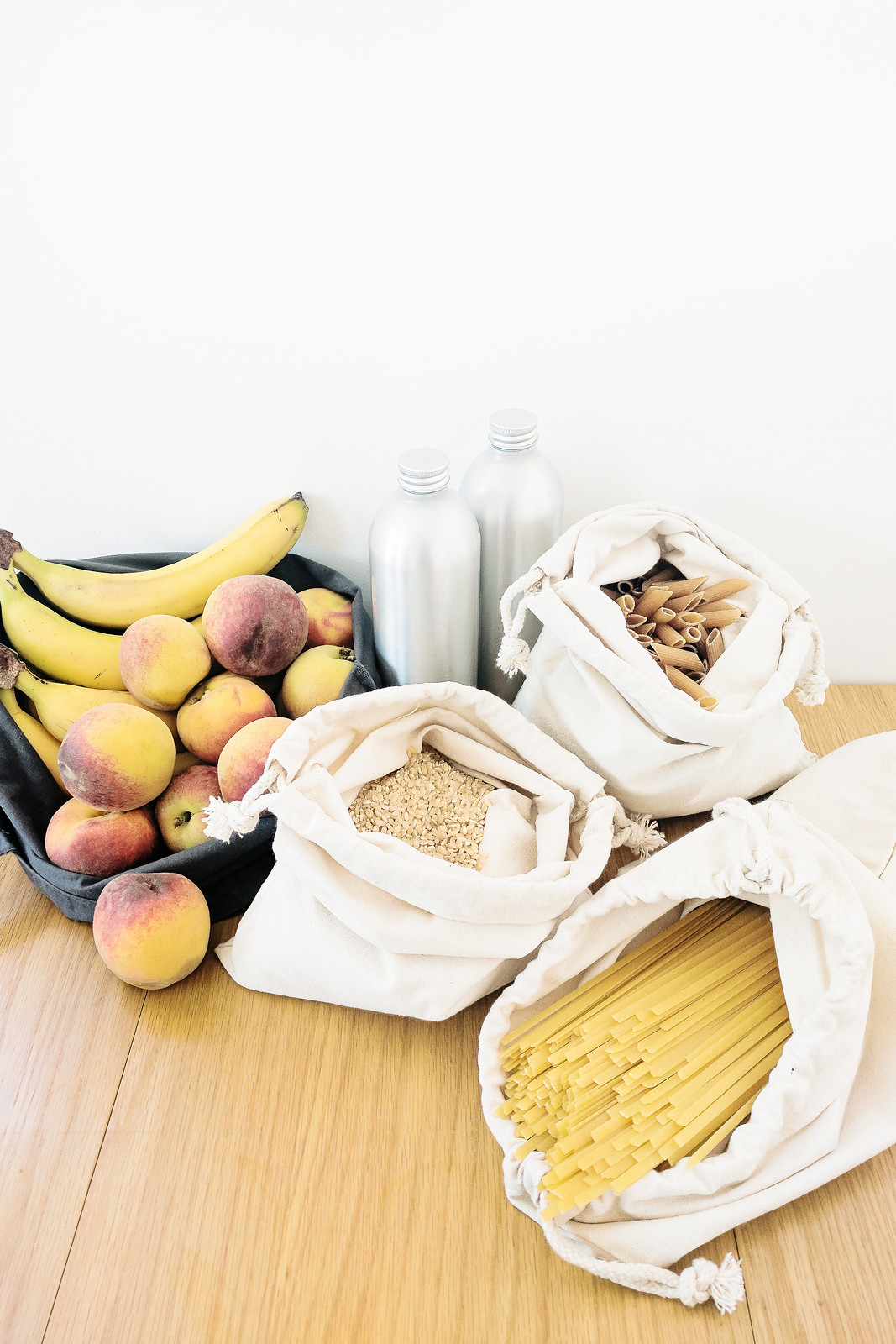
Shopping At Supermarkets
Even if you don’t have a packaging-free supermarket or local market near you, there are still ways to reduce your waste when shopping at supermarkets and stores.
Bring Your Own Containers
Take your own bags to pack your shopping in. You can even take your own produce bags for loose fruit and veg instead of the thin plastic ones.
Look For Bulk Bins
Some supermarkets, stores, and even corner shops have small bulk bin sections. Look at what is accessible to you locally; you might be surprised by the options available.
Compare Options
Always look for reusable and recyclable packaging like tins, paper, and cardboard. When it comes to non-perishable goods, consider purchasing them in bulk. Things you will always need to buy, such as washing up liquid and laundry detergent for example, can be purchased in large quantities. This will reduce your plastic waste by avoiding having to repurchase smaller bottles on a more frequent basis.
Buy Reduced Produce
If there are no other alternatives to plastic-wrapped food, shop the reduced section. This food is going to be thrown away and wasted. If you’re worried it will go off before you can eat it, you can always freeze it. Food waste, in my opinion, is far worse than the plastic wrap it might come in.
Make It Yourself
Lots of things are easily made at home like dips, dressings, snacks, etc. You can avoid a lot of packaging by making these at home. It’s often the cheapest and healthiest option.
Share your tips in the comments!
Pin This Post:
